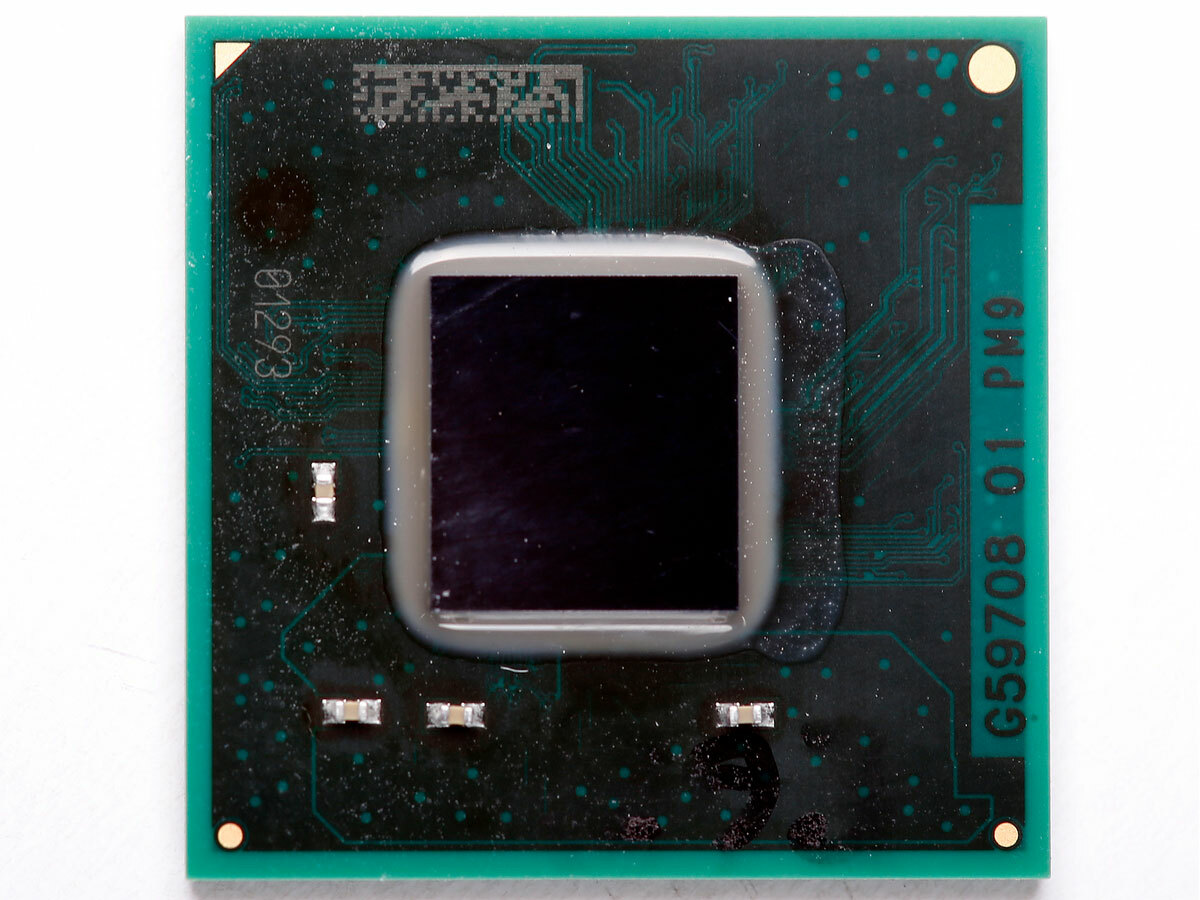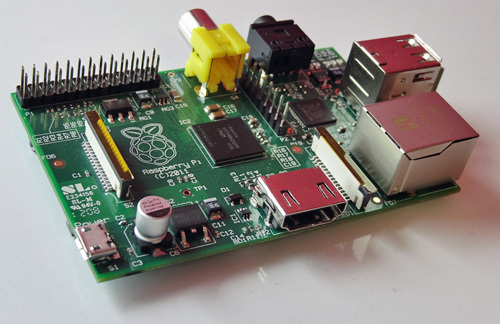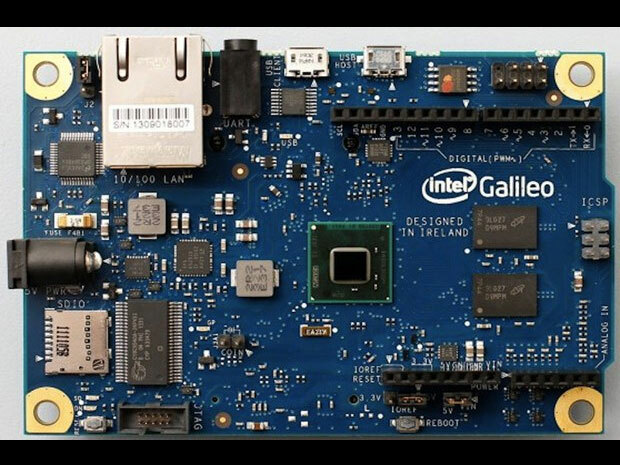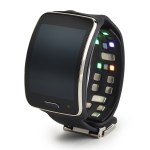Arduino Galileo and Quark: Intel’s war with ARM is about to get ugly
Intel's gone Inside a new wave of powerful hacker boards and is showing ARM that it means business

German hackers have got their hands on Intel’s latest innovation, a low power motherboard that works with popular robotics kits and 3D printers.
Known as Galileo, it’s the start of Intel’s long awaited fight back against ARM: a fight to be master of the low-power electronics that are already in your phone and tablet, and that will eventually become ubiquitous. Even its name is ARM-baiting.
Galileo. Chap who invented telescopes, right?

Got it in one. And in honour of the 16th Century astronomer, Intel has named the first product based on its brand new Quark chips after him.
Quark? Isn’t that a type of cheese?

Tangy and useful in cooking, yes. But it’s also Intel’s secret weapon in its fightback against ARM, the rival processor design which dominates in mobile phones and embedded systems.
Quark was unveiled back in September at the firm’s developer conference, and is basically a super low-power, super low-cost processor that uses a tenth of the power of its Atom chips and is a fifth of the size. Intel wants Quark to be the basic building block of the ‘internet of things’ – a tiny, networked system-on-a-chip that’s easy to develop for but cheap enough to use everywhere.
The trouble is, most small computers these days, from the Raspberry Pi to the iPhone 5s, are built using ARM-compatible processors. Which means there’s an entire generation of programmers growing up for whom things like Windows and x86 are completely unimportant to their life and work.
But now, Intel’s fighting back: while the first ARM was inside an Archimedes (a computer named after the Greek mathematician), the first Quark is inside Galileo. And the 16th Century was a whole lot more advanced than the world of the ancients. Either this is just a coincidence, or it’s a cheeky taunt. Maybe we’ll see an AMD-based ‘Einstein’ in the not-too-distant.
So what’s Quark got that ARM hasn’t?

According to Intel, a lot more processing power. The launch demos showed off Quark chips embedded in car’s headlights, giving the lamps enough power to detect falling raindrops and adjust their LED arrays to steer light around them in realtime, and a prototype medical patch that’s can monitor vital signs and send them to a doctor without the need for a bulky machine console attached.
If Intel is to be believed, Quark has an unprecedented amount of processing power in a tiny, tiny chip. Basically, Quark is why you should probably wait a bit before you buy a smartwatch.
Sounds interesting. So what can Galileo do?

For Quark’s debut, Intel has taken its new processor out to the hacker community. Galileo is an Arduino compatible circuit board that runs a simple embedded Linux operating system and is compatible with Arduino shields.
Arduino, if you didn’t know, is the popular computing kit popular with hobbyists and schools which is particular useful for controlling robots, intelligent lighting arrays and 3D printers. Arduino boards are pretty funky by themselves – they can draw enough power from their USB port to work – and are relatively simple to program. Secondary motherboards, known as ‘shields’ can be stacked on top of Arduino boards to add extra features. To get an Arduino to drive a 3D printer, for example, you need a ‘RAMPS’ shield, which has extra circuitry for controlling motors and pins for attaching more sensors.
So Galileo is an Arduino, but with an Intel chip on board?
Exactly. Except that it has an ethernet port on board, which Arduino boards don’t – you need a shield for that.
The downside is that it requires a power supply to work – which Arduino’s don’t. And that’s exciting because it means hackers can run much more complex programs, embedding artificial intelligence into their quadcopters, printers and robots for example.
Intelligent robots with the power to build their own spare parts? Sounds a bit Skynet to me…

Possibly. It’s more likely that you’ll see Meccano-type redesigns of something like Honda’s Asimo first, though. Schools are a big target for Intel too – it’s worked out that students are starting to learn about computers with low cost ARM devices like the Raspberry Pi and not x86 CPUs, and it doesn’t like that.
For their part, Arduino enthusiasts seem very happy about the prospect of playing with Galileo. The creator of Arduino, Massimo Banzi, is very much ‘on-board’.
Mind you, Galileo ended up on charges of heresy against his own church, so who knows what’s in store for Banzi. They can be very partisan, makers.
OK, I’m sold. I want one. How much will it cost?

No idea. All we know is that Intel is working with universities to develop curriculum programs around Galileo and is giving away 50,000 Galileo boards to 1,000 universities worldwide over the next 18 months and retail pricing has yet to be confirmed.



